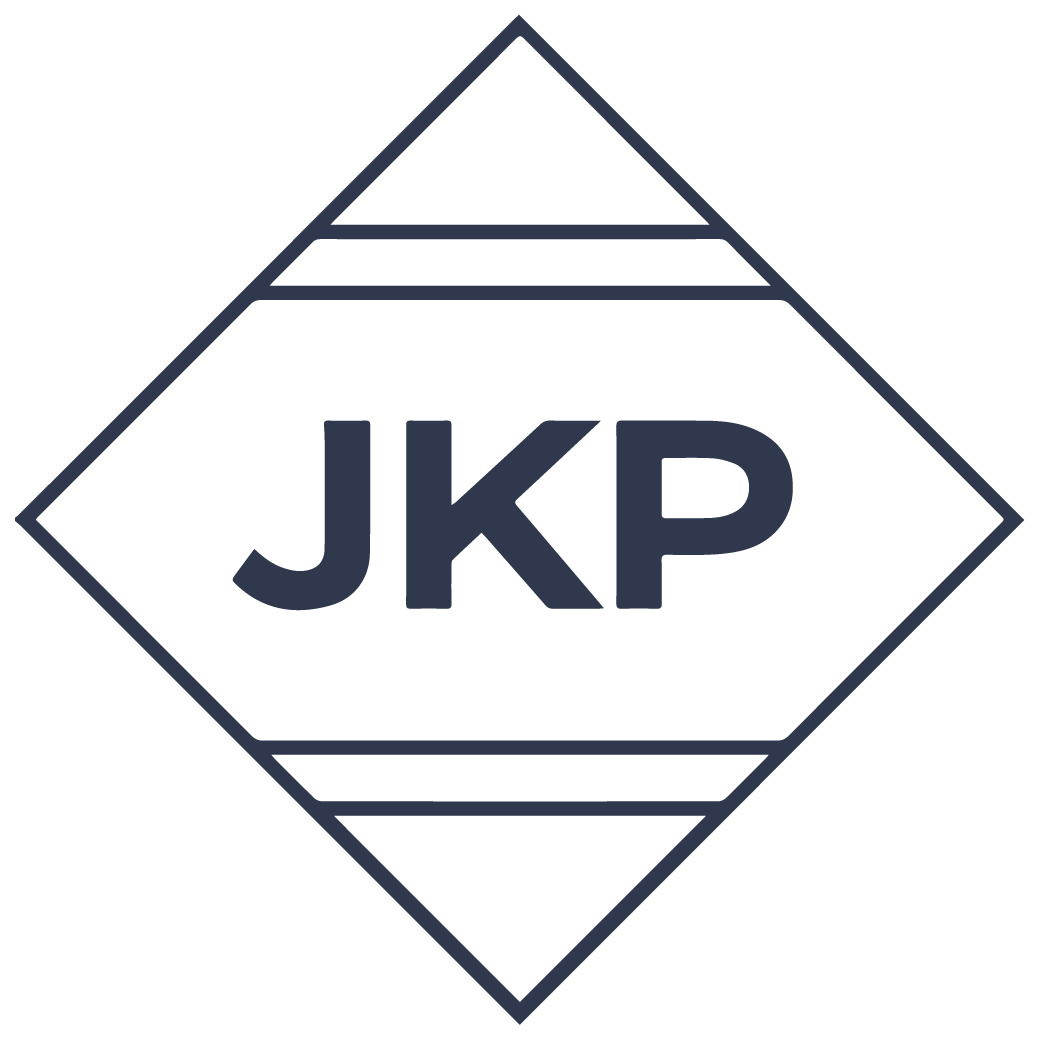Health and safety is a high priority in any workplace. Warehouses, when properly managed, are safe working environments; there are many potential threats, but all are avoidable. Warehouse health and safety standards are well established and designed primarily to avoid accidents and injury and secondly to minimise the effects should anything go wrong. Listed below are some key considerations to ensure you get through the day accident free.
The overall upkeep of the warehouse will reduce many risks. Ensuring walkways well lit and clear of loose debris and boxes will decrease the likelihood of trips and falls. Anti-slip floor tape and guard rails should also be implemented where appropriate. Asbestos should be properly contained or, ideally, removed.
Care should be taken to correctly manage waste disposal. Sharps bins are used to store glass waste, commonly from light fittings – shards of glass kept in rubbish bags is an accident waiting to happen. Likewise, hazardous waste is stored in containers, usually drums, for safe removal by a qualified waste disposal worker.
Every warehouse should keep at least one spillage kit which must be accessible and subject to regular maintenance checks to ensure there is no shortage of any of its contents; typically gloves, trays and absorbent sheets to soak up any liquid spills. Spillages can cause slips, falls and where the material is hazardous, more serious injury.
First aid kits and eye-wash stations should also be kept for use in the event of any minor injuries and to minimise the effects of accidental chemical exposure. Given the nature of warehouse work, small cuts to the fingers and arms are inevitable. However, these can lead to infection and should therefore be sanitised and covered before work continues.
Fire safety equipment is another important consideration. Regular checks of the fire detection system as well as practicing drills will greatly reduce the threat of injury in the event of a fire. Fire blankets, extinguishers and manual alarms should also be made available to stop small fires become large-scale.
PPE (Personal Protective Equipment) must be issued to suit the risks posed in each workplace and for each task. Steel toe-capped boots, hard hats, protective gloves, safety glasses and hi-vis clothing are all examples of PPE. PPE could mean the difference between a small accident and a serious, even fatal, injury.
Most importantly, any employee working in a warehouse should have good knowledge and awareness of the potential risks, accident protocol and emergency procedures specific to their workplace. Health and safety is everyone’s responsibility. Correct lifting techniques such as bending the legs rather than the back and avoiding twisting the body will reduce straining the neck and back which are the most common workplace injuries.


